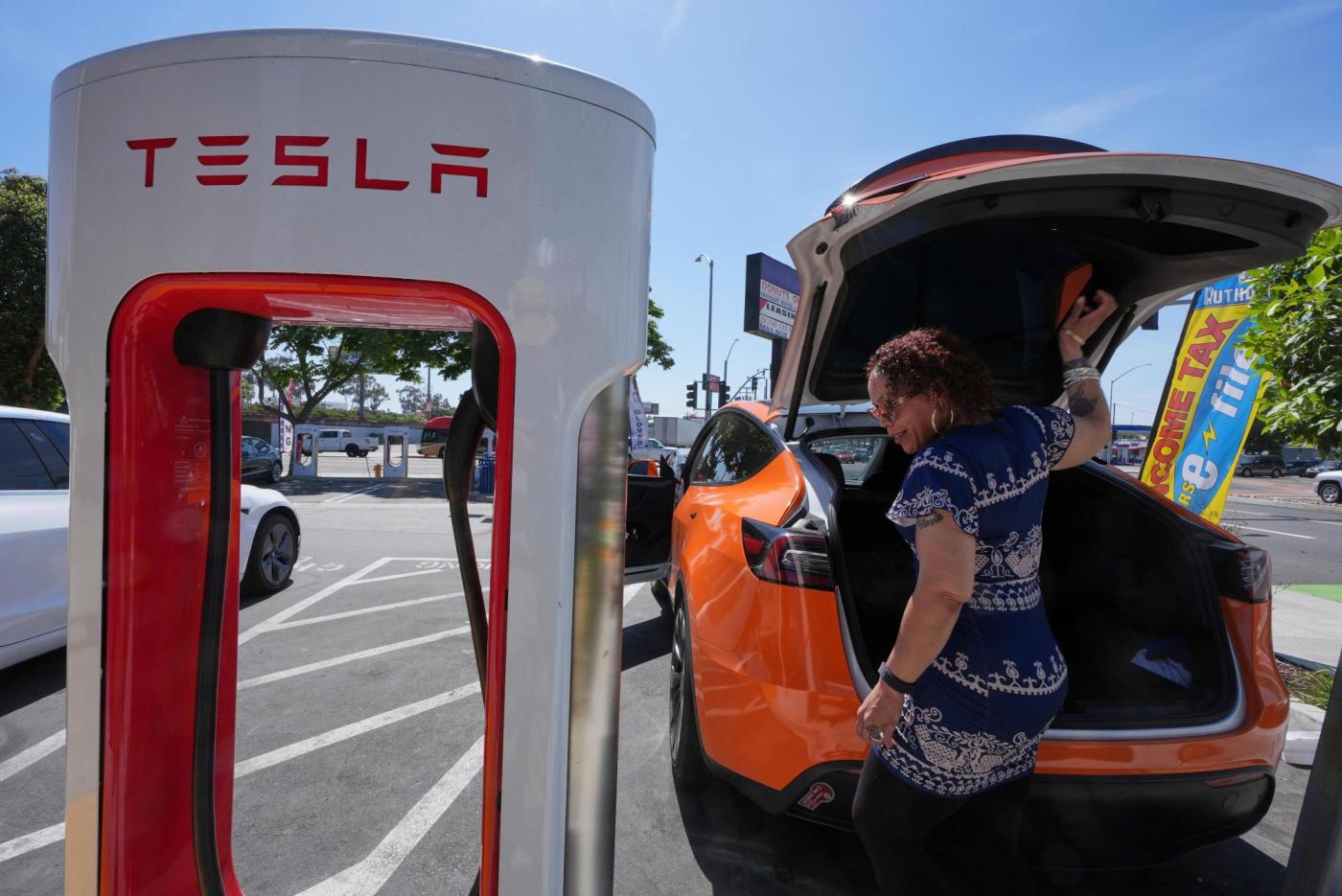On Thursday, Congress passed a sweeping tax and spending bill that effectively ends federal tax incentives for electric vehicles (EVs), a move that could reshape the landscape for prospective EV buyers. The federal tax credits, which have been instrumental in making electric cars more affordable, are set to expire on September 30. This change raises questions about the financial viability of purchasing an EV without these incentives.
Previously, buyers of new electric vehicles could benefit from a $7,500 federal tax credit, while used EVs offered up to $4,000 in credits. These incentives were designed to close the price gap between electric and gas-powered vehicles. According to Kelley Blue Book, the average price of a new EV in the United States is approximately $9,000 higher than that of a new gas-powered car, with used EVs costing about $2,000 more than their gas counterparts.
Despite the loss of federal support, experts like Ingrid Malmgren, Senior Policy Director at Plug In America, argue that EVs remain a sound financial and environmental choice. “That’s really disappointing because… they’re just a really great way to reduce transportation energy cost burden,” Malmgren stated, emphasizing the long-term savings and environmental benefits of electric vehicles.
Financial Implications of EV Ownership
The initial cost of electric vehicles may be higher, but they offer significant savings over time. Malmgren notes that even without federal tax credits, EV owners can save money in the long run. “Quickly you’ll end up paying less than a gas car because it costs much less to fuel, and it needs almost nothing for maintenance,” she explained.
The point at which an EV’s savings on fuel and maintenance surpass the higher initial purchase price varies based on several factors, including vehicle type, driving frequency, and local fuel and electricity costs. Online calculators can help potential buyers determine when they might break even.
A 2020 study in the journal Joule found that the average EV in the U.S. saves $7,700 in fuel costs over a 15-year lifespan compared to a gas-powered car.
In states like Washington, where electricity is relatively affordable, savings can exceed $14,000 over the same period. The study highlights that, regardless of location, typical EV charging and driving habits lead to fuel cost savings.
Environmental Benefits of Electric Vehicles
While manufacturing electric vehicles can initially result in more pollution than producing gas-powered cars, the long-term environmental impact of EVs is significantly lower. Peter Slowik, U.S. Passenger Vehicles Lead for the International Council on Clean Transportation, explains that after driving about 15,000 miles, the pollution from manufacturing and operating both types of vehicles equalizes. Beyond this point, EVs continue to outperform gas cars in terms of emissions.
By the end of an EV’s life, its emissions are roughly half that of a gas car, according to the U.S. Department of Energy.
Even in states heavily reliant on coal for electricity, like West Virginia, EVs still produce 31% less pollution than gas-powered vehicles, according to a 2023 analysis by Yale Climate Connections. Slowik attributes this efficiency to the superior energy conversion of electric motors compared to internal combustion engines.
Looking Ahead: The Future of EVs Without Federal Incentives
The end of federal tax incentives presents challenges for the EV market, particularly for lower- and middle-income consumers. However, state-level incentives and the decreasing cost of EV technology could continue to drive adoption. As the automotive industry shifts towards electrification, manufacturers are investing in more affordable models and expanding charging infrastructure.
Experts suggest that consumers consider the long-term benefits of EV ownership, including lower operating costs and reduced environmental impact. As Malmgren and Slowik both emphasize, electric vehicles remain a compelling choice for those looking to minimize their carbon footprint and save on fuel expenses.
As the landscape of vehicle incentives evolves, potential buyers should stay informed about state-level programs and industry advancements that may influence the affordability and accessibility of electric vehicles in the future.
